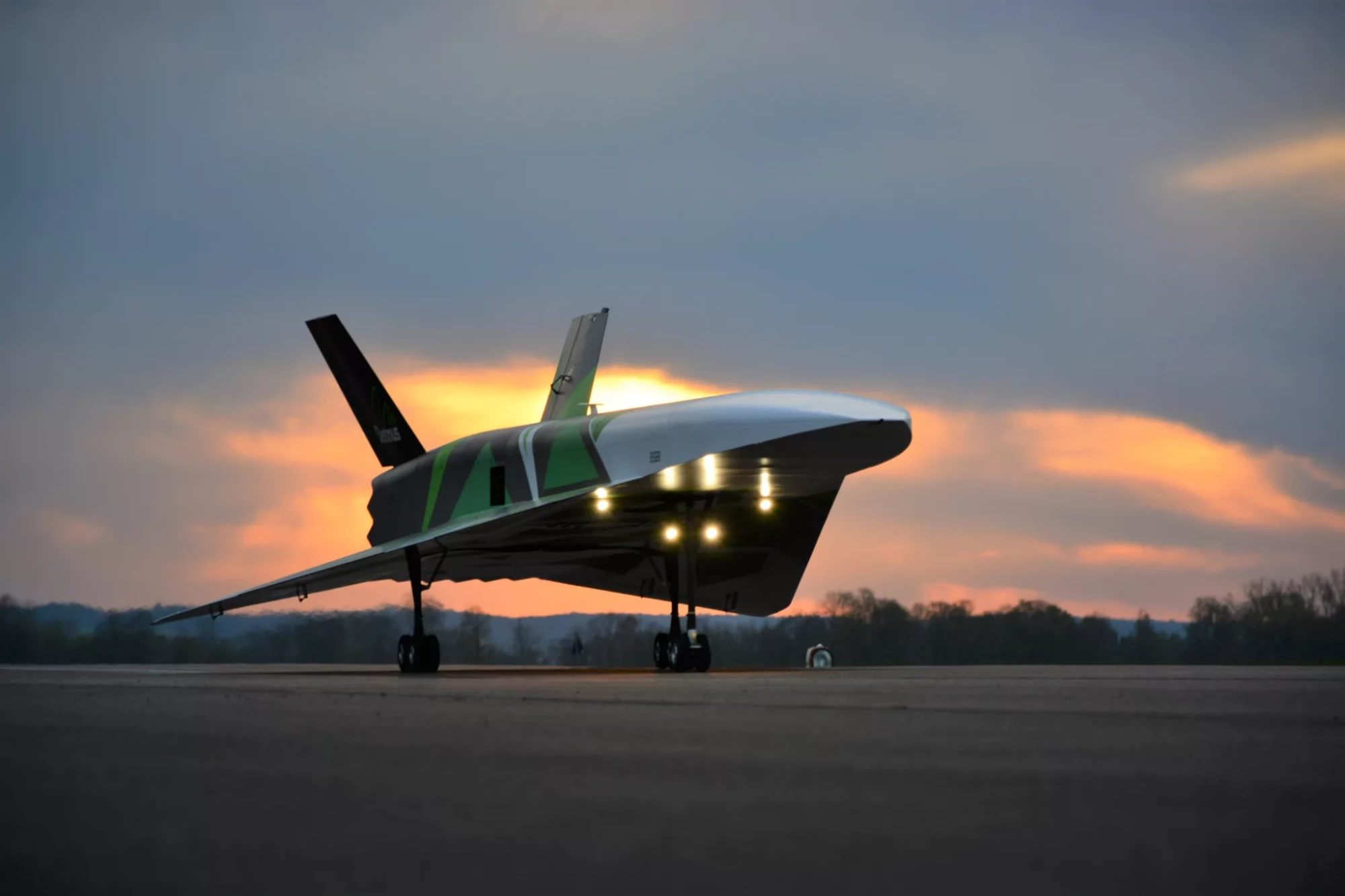Business
China, EU in HYPERSONIC Space Race: Destinus CEO
By Belal Awad · July 5, 2023

In an interview straight out of a sci fi novel, Founder and CEO of Destinus Mikhail Kokorich, shed light on the company’s trailblazing endeavors in hypersonic flight technology. In the CNN interview, he states how the tech could be seen in a domestic context as early as 2030. He also underscores the pivotal role of governmental support and influential figures in propelling these advancements, and highlights the Chinese government’s eager support of the futuristic tech:
“China have very active hypersonic plane program and a couple of, let’s say, semi-private government companies is doing some stuff.”
Kokorich also expressed his optimism about the future of hypersonic flight, underscoring the thrilling prospects of speed coupled with sustainability that is currently being worked on by Destinus. The Swiss company is looking to make the journey from Paris to New York in 1.5 hours, which would be a world record, though he stressed the need to address flight protocols, integration into regular traffic, and ensuring the safety and efficiency of hypersonic travel. The synergy between private entities like Destinus and governments is key in shaping the future of this transformative mode of transportation, according to Kokorich.
Kokorich stressed the crucial role of governmental backing in catalyzing progress in the realm of hypersonic flight. He acknowledged the support extended to other companies in the field, such as Hermes, which enjoys the patronage of Sam Altman, the founder of OpenAI. In the interview, he clarified that Destinus operates as a fully private entity, with its research and development initiatives only partially funded by the European Union and the Spanish government.
Destinus is deeply involved in the Eco2 study, a comprehensive initiative backed by the European Union, Asa, Eurocontrol, and Airbus. The study’s objective is to formulate new flight rules and regulations for supersonic, hypersonic, and suborbital flights. This extensive project, funded by millions of euros, involves key regulators like Eurocontrol. Within this study, Destinus is entrusted with the hypersonic component, further cementing their position as a frontrunner in the field: “we have several supporting R&D funding from European Union, from Spanish government to develop hydrogen technologies, hydrogen propulsion. And also we are part of the big study funded by European Union Eco2, together with the Asa, with Eurocontrol, with Airbus, to develop the new flight rules and regulations for supersonic hypersonic flights for suborbital flights.”
He also explains that as the research and funding develops, the industry and governments are now looking at the day to day details of this futuristic travel: “they are thinking how this flight should look like, what should be the flight protocols, how they should integrate into normal traffic.” With substantial backing from the European Union and the Spanish government, along with involvement in a significant European Union-funded study, Destinus is leading the charge in the evolution of hydrogen propulsion and the establishment of new flight regulations for supersonic and suborbital flights.
Destinus continues to make remarkable progress in hypersonic flight technology, leveraging governmental support and actively participating in major initiatives that shape the industry’s future. With their focus on hydrogen propulsion and contribution to developing new flight regulations, Destinus remains at the vanguard of this cutting-edge field.
Light Wave commentary
This interview with Mikhail Kokorich, Founder and CEO of Destinus, shows the growing role of governments in the advancement of hypersonic flight technology. As private entities like Destinus spearhead technological breakthroughs, governments acknowledge the significance of supporting these initiatives and actively collaborate to ensure the safe and efficient integration of hypersonic flights into existing air traffic.
This news piece offers insight into the intricacies and extensive research required for the successful implementation of hypersonic travel.
By emphasizing the role of government backing, the article underscores the importance of public-private partnerships in driving technological innovation and shaping the future of aviation. The story provides an informative glimpse into the world of hypersonic flight and the collaborative efforts between private companies and governments to propel this groundbreaking technology forward.